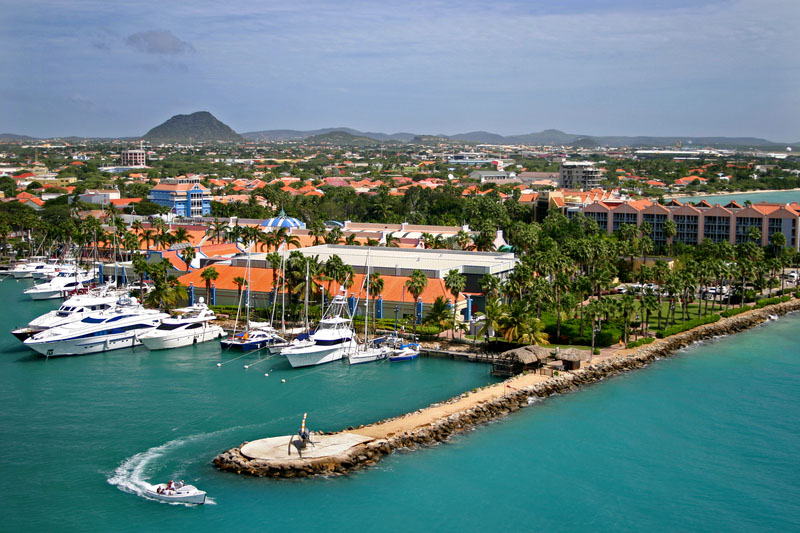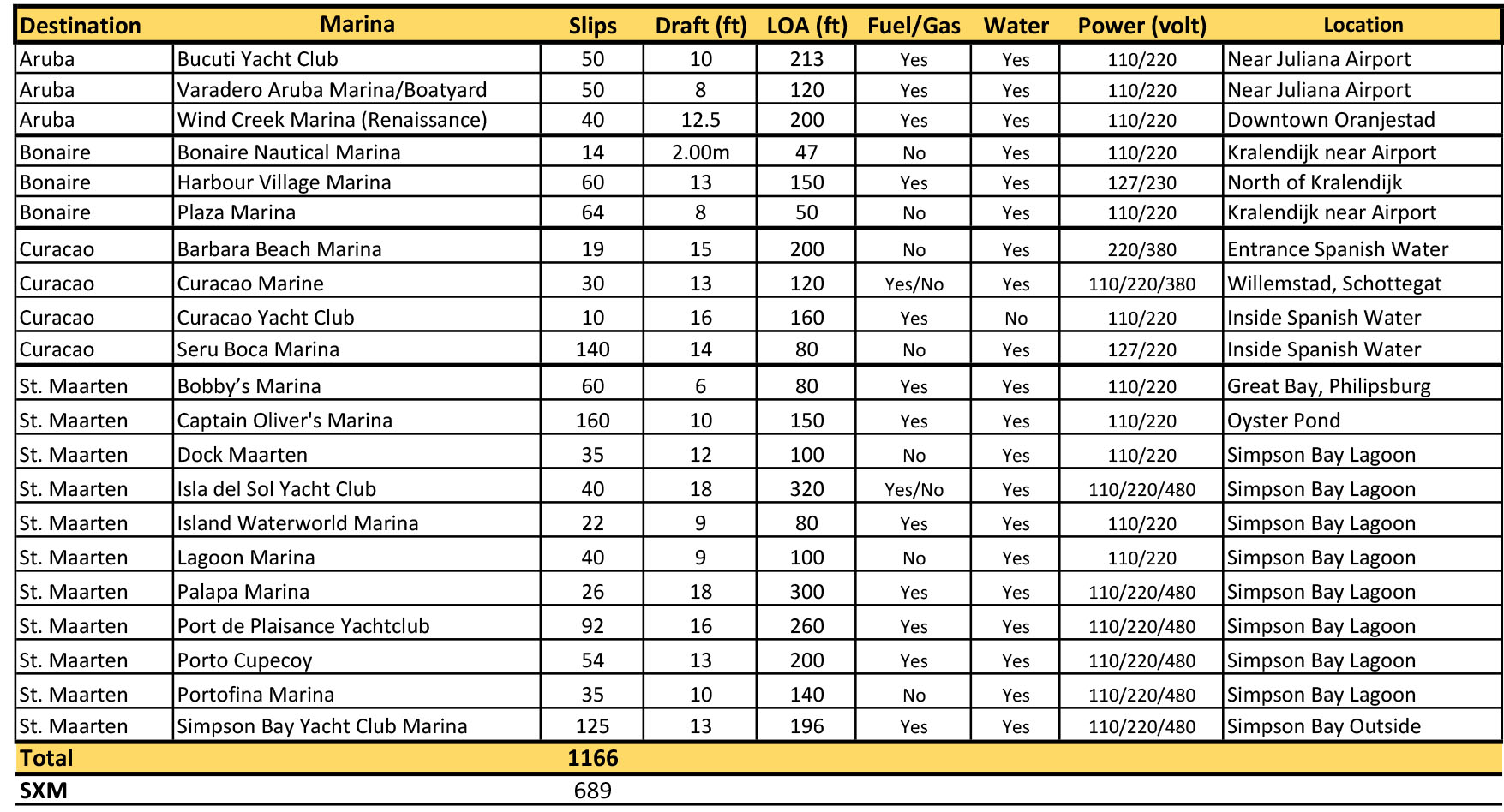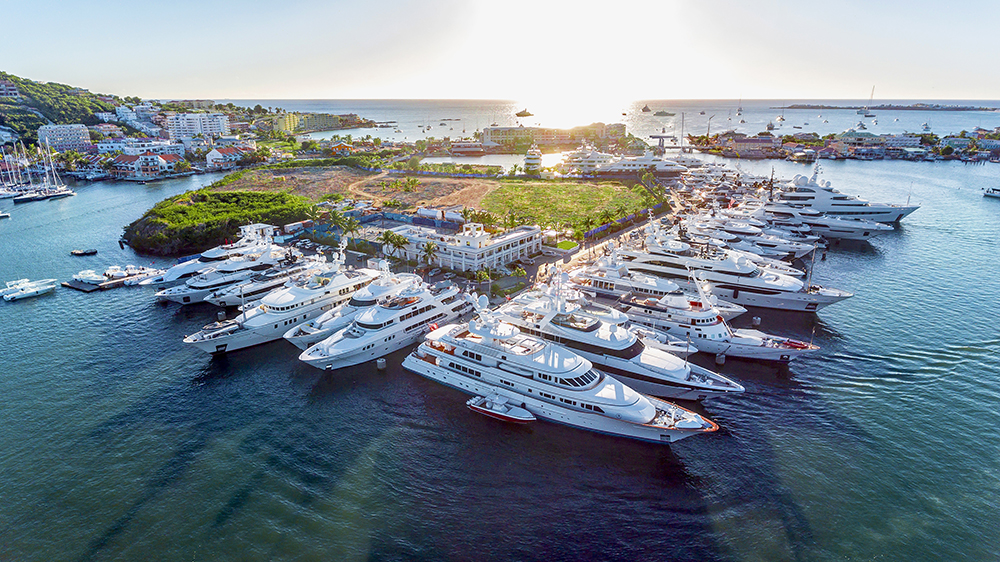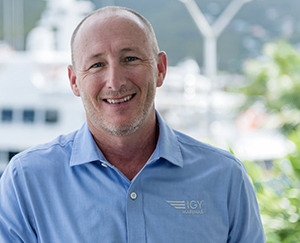Resilient destinations have proven flexible and reliable
By Jan Sierhuis*
The past two years, 2020 – 21, have been a rollercoaster-ride for the travel industry in the Caribbean. However, the governments of the Dutch Kingdom handled the pandemic crisis in close consultation with each other, allowing for swift and tailor-made control measures aimed at protecting their populations and local health care systems, while remaining open for trade and tourism, their economic lifelines.
With the aid of the Dutch government, they quickly recovered and the labour force now has full protection.,

Sailing the Dutch Caribbean
The Dutch Caribbean comprises six small islands, clustered in two locations in the Caribbean. St. Maarten, (on an island shared by the Dutch and French), is located in the centre of the Eastern Caribbean island chain and is considered the yachting centre of the Dutch Caribbean. Nearby Saba and St. Eustatius are two ‘off-the-beaten-track’ nature destinations attracting the attention of visiting yachtsman.
During the hurricane months, yachts shelter in the protected Simpson Bay laguna in St. Maarten. Alternatively, they go south to Aruba, Bonaire and Curacao (the so-called ABC islands). Located off the Venezuela peninsula, which protects them from the hurricanes, .the ABC islands are the ‘yachting gateway to Panama’. Individually, they have much to offer and, combined, they present a unique blend of European and Latin Caribbean culture. Aruba is popular with US vacationers and Curacao with the Dutch, while laid-back Bonaire caters both to the Dutch ‘jet set’ and the USA’s dive market.
A growing business
The main Dutch Caribbean marinas and yacht clubs offer over 1,100 slips for yachts, with over half of these located in the Simpson Bay area in Dutch St. Maarten. Over 325 of them are suitable for mega- end superyachts over 80ft in length.
With this inventory and service, yachting is already a main contributor to the local tourism sector. The maintenance -repair facilities, bunker and chandlery services also profit from the growing business, as do the jet service providers and the hotel sector. Several hotels in the Dutch Caribbean cater to the business by including a yacht marina on their property. The Renaissance in Aruba, the new Sandals in Curacao, and the Harbour Village Hotel in Bonaire are examples of this.
Dutch Caribbean marinas

Uncertainties and opportunities
These are uncertain times with economic disruptions and – for the first time since 9/11 – severe travel restrictions due to the Covid-19 pandemic. The full impact of the pandemic came in 2020 and fully hit the Caribbean around April of that year. Many Caribbean countries closed their borders in panic and stranded yachts were desperately looking for a safe haven to lay-up and repatriate home as quickly as possible.
Aruba, Curacao and St. Maarten, with the aid of the Dutch government, quickly set-up an effective repatriation programme for foreign yachts. Many used the ‘KLM corridor to Amsterdam’, which remained intact throughout the pandemic.
Hans Drost, manager at the Windcreek Marina in Aruba, explained that the marinas in the ABC islands started to run full at the start of the 2020 hurricane season. Most owners, however, went home and left their boats secured, but unattended. As a result, maintenance and service came to a halt, and many businesses in the trade suffered. With Dutch aid, assistance for local business owners was organized. This is how many survived the first year of the pandemic.
Vaccines and recovery
Once the vaccination programmes started the Dutch Caribbean territories were among the first to re-open for tourism and trade from Europe and the USA. Slowly, the tourists returned and by the 2021 hurricane season, many boatmen returned to resume maintenance on their yachts and boats.
The yards and maintenance suppliers experienced one of the best hurricane seasons in a long time. Still the boats remained in the yards. So, food and bunker suppliers were still without business during most of 2021. But by 2022 when the Omicron variant of the Covid-19 virus became dominant and effective ‘booster programmes’ were setup, most travel restrictions were lifted before for the holiday season. Since then, the boats are sailing full again.
The story to greet Spring 2022 across the Dutch Caribbean is: ‘best year ever, we are finally making money again!’ The word out of some yards however is that more extensive maintenance work, both on the boats and the marinas property, is being delayed as owners recover lost income. But, across the Dutch Caribbean, the marinas are full and the yachts are sailing again.

New uncertainties ahead
As Winter changed to Spring in the north, the world was already a month into a military conflict between Ukraine and Russia. As a consequence fuel and food prices were soaring. The uncertainty was how would this affect travel particularly in Europe. One the one hand, people could decide to travel shorter distances as prices continue to rise. On the other hand, as many European holiday options are relatively close to the war zone, a Caribbean destination would likely appear a safer travel option … as long as the war continued.
A related issue is the EU boycott against Russian ‘oligarchs’, many of whom own superyachts moored in the Caribbean and particularly in St. Maarten.
The Dutch Caribbean territories fall under the boycott, and the kingdom is currently looking at how to implement this in the region. Feedback from the marinas is that presently it is not an issue.
Crystal balling
It is difficult to predict whether a new virus string will hit the USA and Europe this winter. Marinas appear to be waiting for the upcoming hurricane season to make more money again. If the war discontinues and the virus wanes, 2023 may well be another amazing year for Caribbean. That is, if oil and food prices remain relatively stable and world trade recovers
As always, plans are on the drawing board, but most will remain there for now. Growth potential definitely exists in the ABC islands, as these are still underdeveloped for yachting. Given the remarks of Brian Deher, ample room for growth may profit them too. However, developments in Venezuela, Colombia and Panama also dictate the role that the ABC islands can play in large-scale yachting in this region. The pace of these developments is yet unknown.
The Dutch Caribbean is resilient to external disruptions, thanks to its status in the Kingdom of the Netherlands. Like everyone else, these territories are currently enjoying the return of tourism and yachting. As new uncertainties lie ahead, this counts for something right now.
The long-term future for mega yachting remains bright but short-term risks and uncertainties for marinas still exist. []
Expect increased demand in the future

Brian Deher, Island Global Yachting’s Regional Director of Marina Operations and Planning, Caribbean and Latin America reported that travel restrictions occasioned by the coronavirus pandemic did hurt the yachting sub-sector in St. Maarten. However, since the restrictions were lifted in November 2021, there has been a significant upturn in marina occupancy.
“The marine industry on St. Maarten did quite well during the pandemic, as the ultra-wealthy always want to use their yachts as much as they can, but suddenly they had a lot of time on their hands. Where better to spend a pandemic, than on a multi-million-dollar yacht?
“Travel restrictions with the US and UK were imposed last year, that negatively affected marina occupancy on SXM from February through November of 2021, but since then we have experienced what is likely the best yachting season St. Maarten has ever seen. Charter activity as well as owner usage is at record levels. So not only are the yachts in the region, they are as busy as can be. We expect the next decade and beyond to see continued growth and investment in the industry on SXM and the surrounding islands, as Anguilla, Saba, St. Kitts and other islands in the region develop slips and amenities to better accommodate yachts.
“The Caribbean is visited by less than 10% of the world’s yachts, and the annual number of vessels over 80’ grows much faster than new mega yacht slips are built, so we can expect to see more demand in future years.” []
* Jan Sierhuis is a Caribbean maritime professional and Portside Caribbean columnist.






